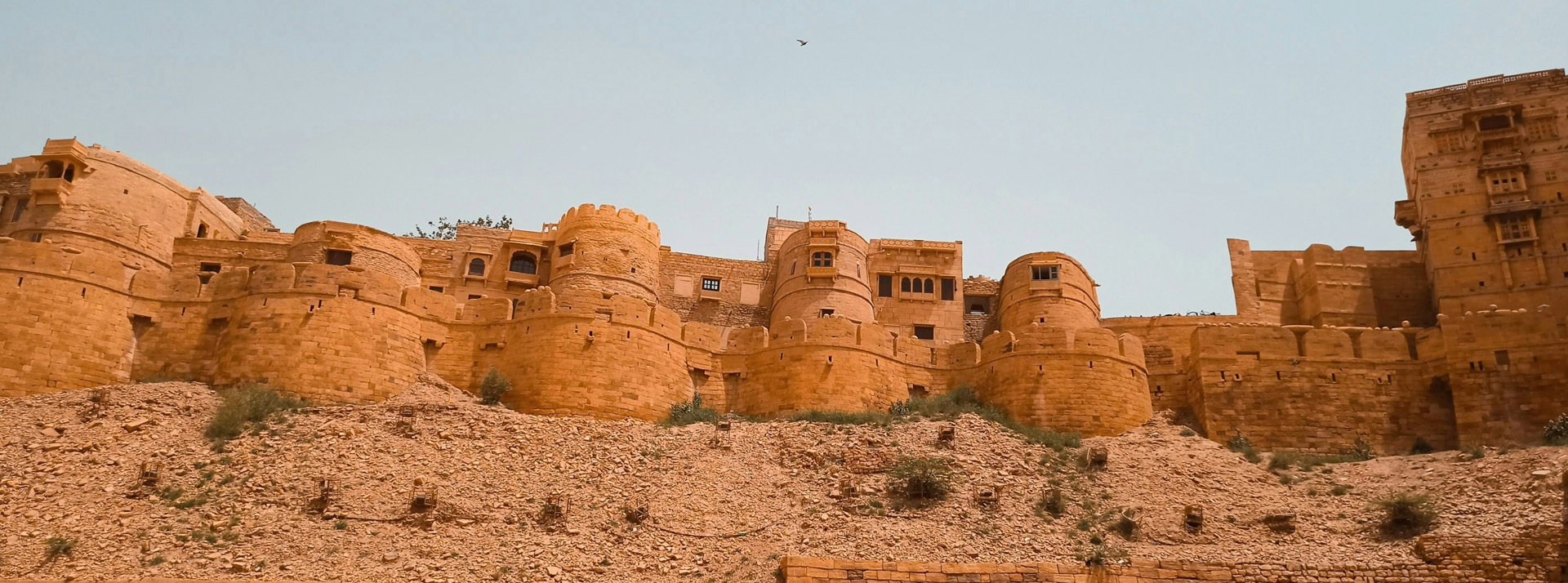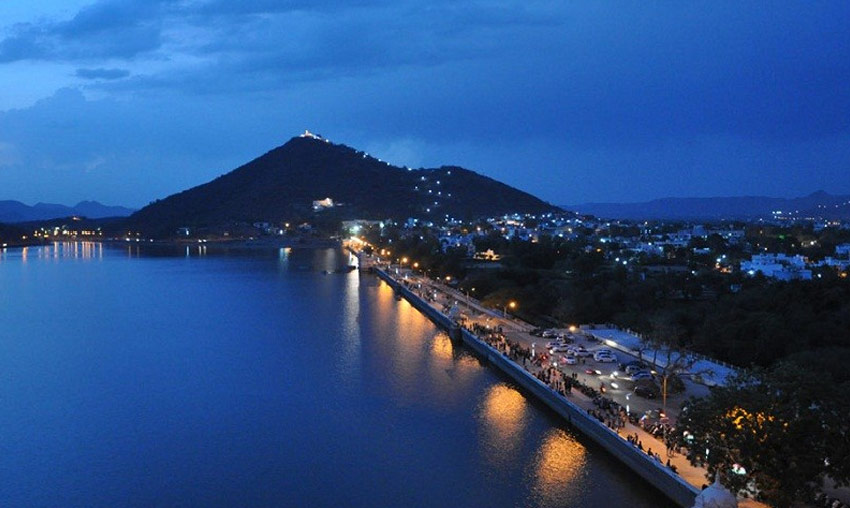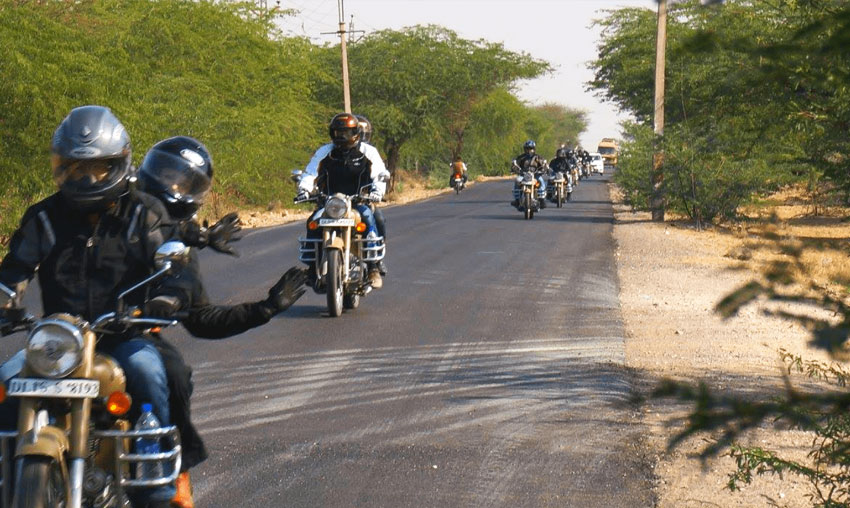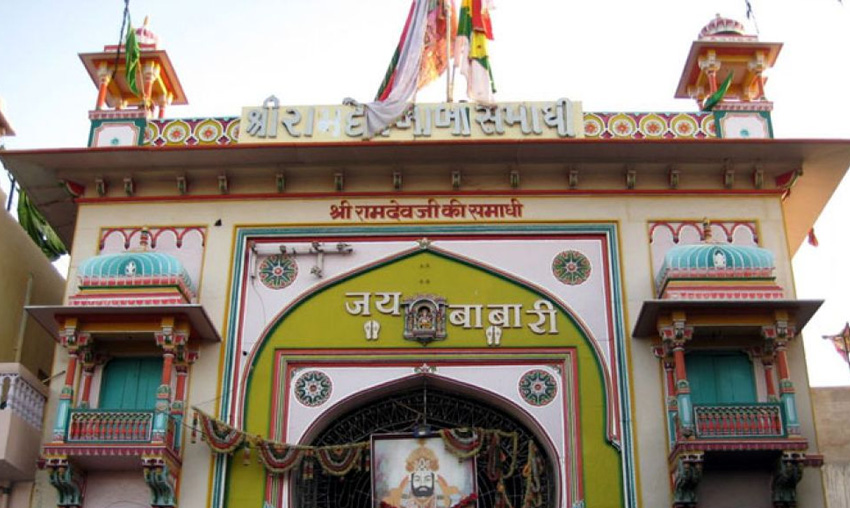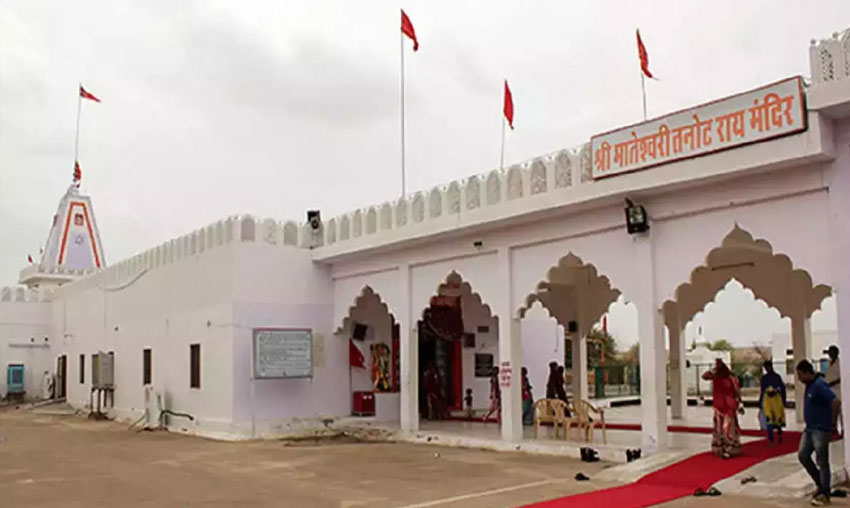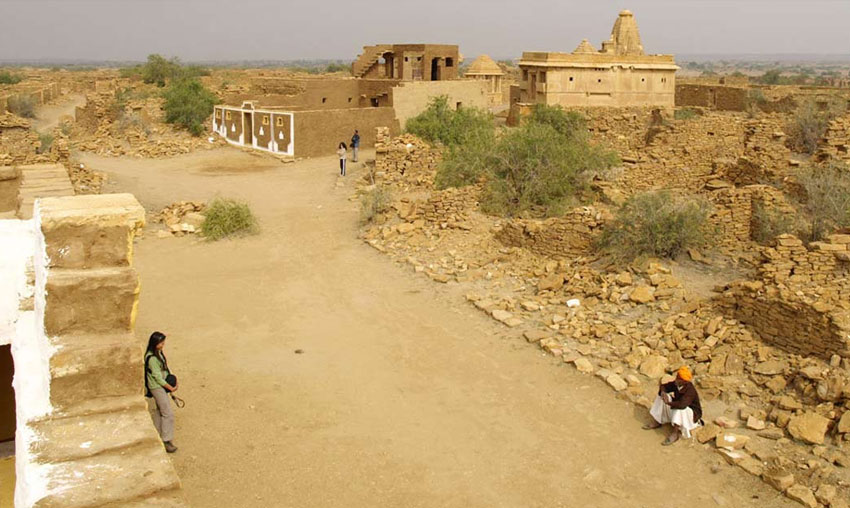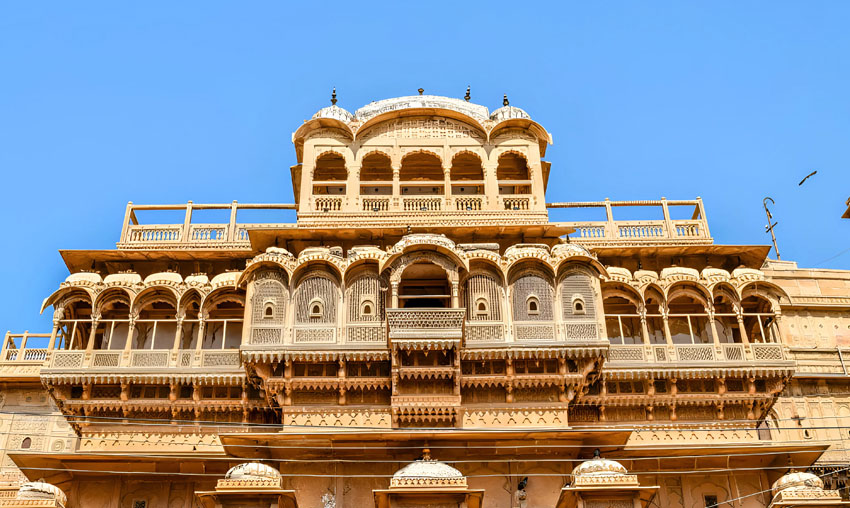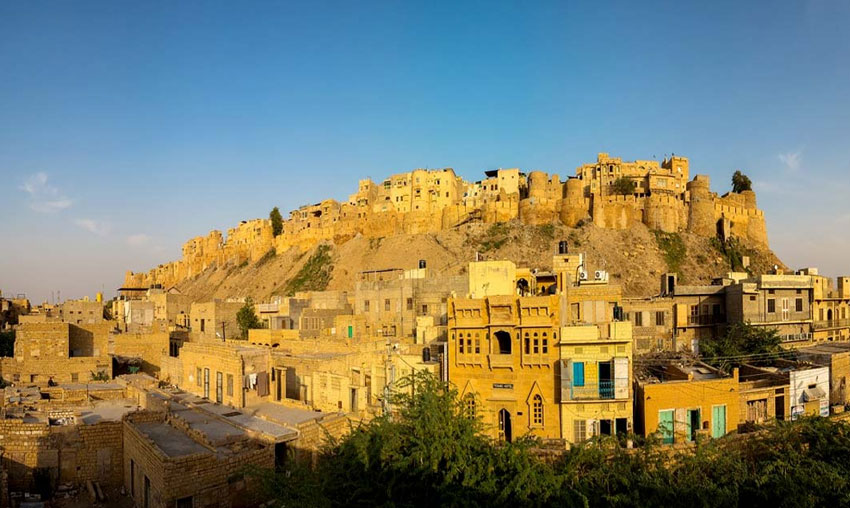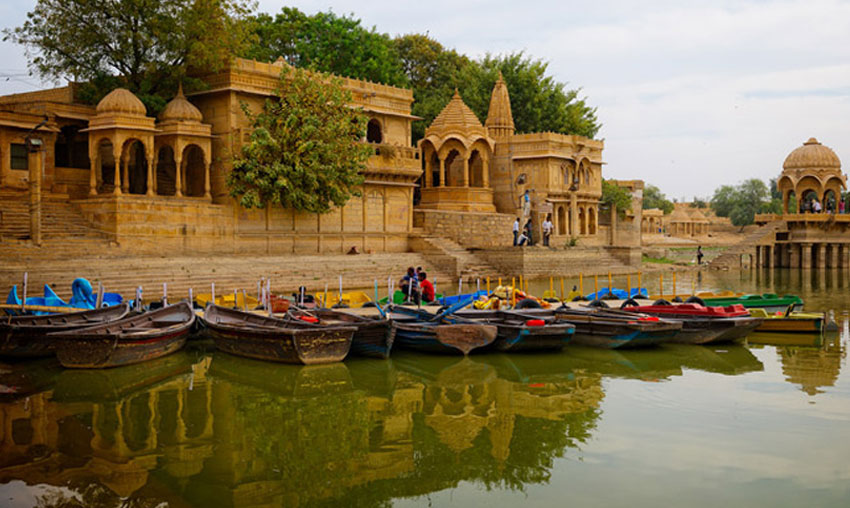Jaisalmer, a captivating location tucked away in the middle of the Thar Desert, is the crown jewel of Rajasthan. Jaisalmer, often known as the "Golden City," enthralls tourists with its sandstone buildings, gorgeous scenery, and rich cultural past. Lakes, elaborate Jain temples, and havelis decorate the city.
The beautiful Jaisalmer Fort, one of the largest fully preserved fortified cities in the world and a UNESCO World Heritage Site, is one of the most notable attractions in Jaisalmer. The fort, known as "Sonar Quila" or the Golden Fort, was built with golden-yellow sandstone and appears to disappear into the surrounding desert. Explore the majestic Maharaja's Palace, the havelis with their elaborate carvings, and the small, winding passageways inside.
Jaisalmer's elaborate architectural legacy is on display in its havelis, which include Patwon Ki Haveli and Salim Singh Ki Haveli. These opulent mansions offer a window into the rich lifestyle of the merchants who formerly occupied them with their fine carvings, delicate balconies, and elaborate facades. The ancient water reservoir Gadisar Lake, which is encircled by ghats and temples, brings some serenity to the energetic metropolis. Beautiful architecture and elaborate marble work may be found at the Jain Temples located within the fort grounds.
An event that must not be missed while visiting Jaisalmer is a camel safari in the immense Thar Desert. A truly remarkable adventure can be had in the enchanting setting of the golden dunes, which transform in color at sunrise and sunset. The appeal of a desert safari is increased by camping beneath the starry desert sky. Like other Rajasthani cities, Jaisalmer celebrates its cultural diversity with events like the Desert Festival. This three-day festival, which includes bright processions, traditional music and dance, and camel racing, highlights the rich folk culture of Rajasthan.
Jaisalmer is more than simply a city; it is a dynamic example of how desert communities can persevere and build a prosperous oasis in the middle of harsh environments. The winter months of October through March are the ideal times to visit Jaisalmer because of the excellent weather that makes it ideal for visiting the city and engaging in desert activities.
Ideal duration: 2-3 days
Best Time: October to March
Must Know Before You Travel to Jaisalmer
Permits: Certain border regions, such as Longewala and the Tanot Mata Temple, require permits to enter. These are available in Jaisalmer via the military headquarters or the local police station.
Pre-Booking: Reservations are frequently required for desert safaris and stays in desert camps, particularly during the busiest travel months of October through March.
Local Transport: In Jaisalmer, autorickshaws and cabs are frequently used forms of transportation. It is possible to walk around the city center and the locations of significant attractions.
Festivals: When you come, schedule your vacation during the February Desert Festival, which offers folk music, dancing, and camel races among other unique cultural experiences.
